Marketing leaders are calling this year one of the weirdest, most tumultuous years for business yet. Beyond typical job requirements, the added responsibility of rebounding from the pandemic, leading our brands through macroeconomic challenges, developing teams in hybrid environments, and learning new technologies are a cause for a much-needed conversation about what’s possible. In this unsettling climate, how can marketing leaders spark innovation? And how can they bring structure, clarity, and calm to the swirl of unknowns while still driving business growth?
During our San Francisco Forum at the Autodesk headquarters, we brought together four seasoned marketing veterans to bring insight to this challenge:
- Dara Treseder, CMO at Autodesk
- Lara Hood Balazs, EVP, CMO, and GM of Strategic Partner Group at Intuit
- Nick Drake, VP of Marketing at Google
- Taj Alavi, VP, Global Head of Marketing at Spotify
In this energizing conversation (which you can also catch on the Visionaries podcast), they discuss how they are fostering innovation and motivation among their teams, despite not having the answers to what the future will hold.
11 Proven Strategies to Motivate Your Team and Foster a Culture of Innovation
1. Check in with Your Employees
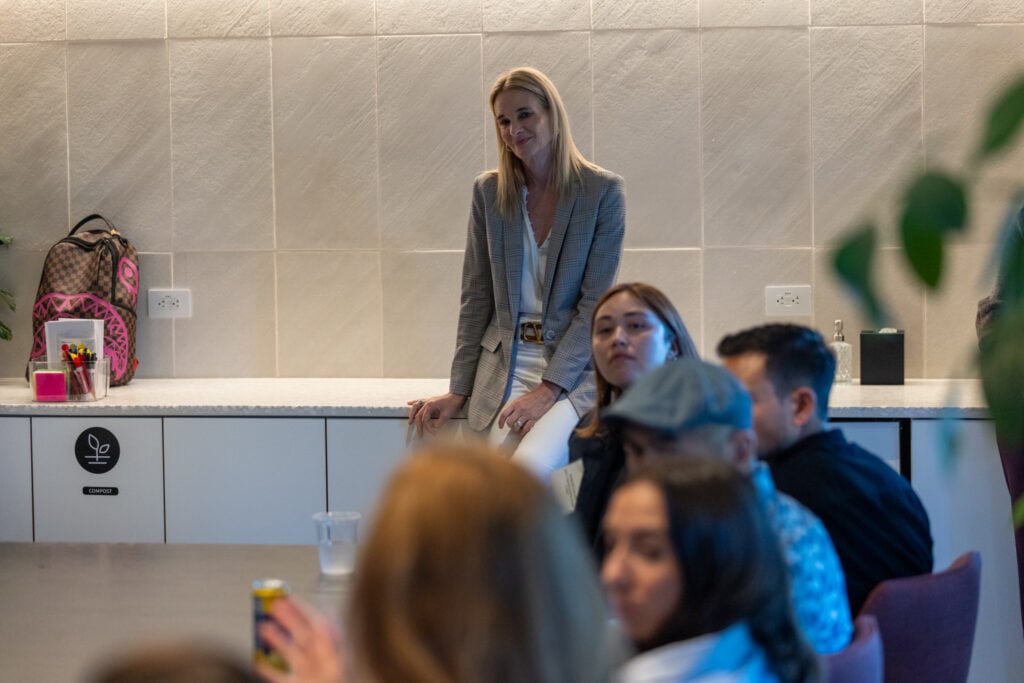
“In a world that is so uncertain, we at Intuit put our employees first. We believe that our stakeholders are important, but we prioritize them in a specific order – employees, customers, communities, and shareholders last. Employees are the backbone of our company, and their well-being is our top priority. We have employees all over the world, and we know that they are experiencing a lot of stress during this time, so we constantly check in with them to provide support.
– Lara Balazs
2. Embrace Ambiguity
“For creatives, ambiguity can be one of the best times because it allows them to find new and unique opportunities that may not be seen by others. While the world around them is swirling, they can stay focused and make these nuggets louder, which leads to amazing new ways to think about our platform, our role in culture, and how we listen to music.”
– Taj Alavi
3. Have Clear and Open Communication
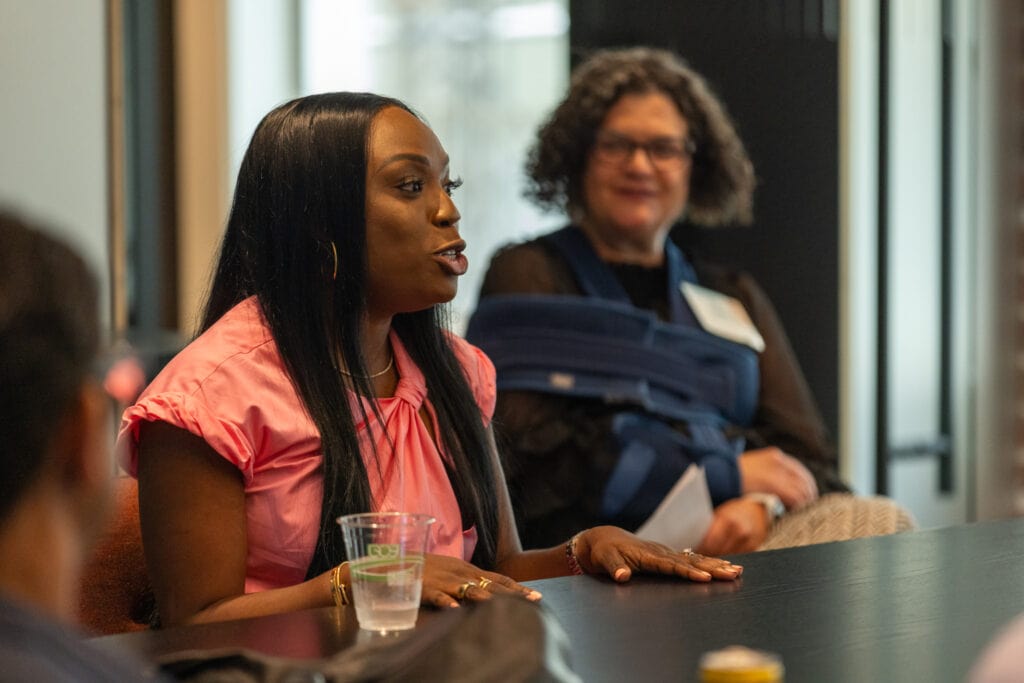
“I do a 15-minute stand-up with my team every week to share what’s top of mind for me and answer any questions they may have. It’s essential to ensure that everyone is on the same page, especially when you have a global team in over 50 countries. Communication fosters connectivity and relationships and inspires people to think about what they can do in their own regions.”
– Dara Treseder
“Our group of stakeholders are key to our day-to-day practices. And most importantly, we keep the finance team close. They hold the responsibility of ensuring that Google meets our shareholder value on a monthly basis and that we deliver our quarters. It can be challenging during economic turbulence, but we have high levels of communication and we’re able to pull the various levers that allow us to expand or contract our investment envelopes as needed to help the company deliver against its OPEX commitments.”
– Nick Drake
4. Beware of The Echo Chamber
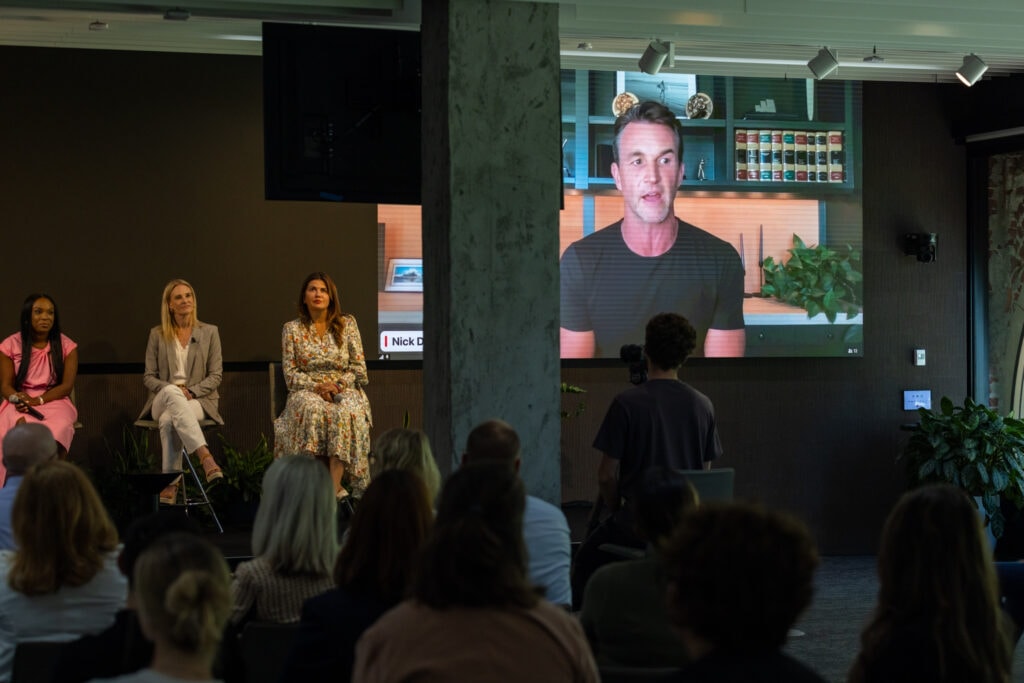
“When you get into energy lulls, and you are not inspiring your team, try this to stay motivated: keep pushing yourself to be outside-in. See what else is out there and what you can learn from your competitive set and other industries.”
– Lara Balazs
“When you live inside such a distinct culture, like Google, it’s so important to go to events like this, listen to new podcasts, read thought leadership, and be inspired by outside perspectives. I really try to encourage my team to get out there, have conversations, and meet fellow marketers.”
– Nick Drake
5. Have a Plan and Be Consistent
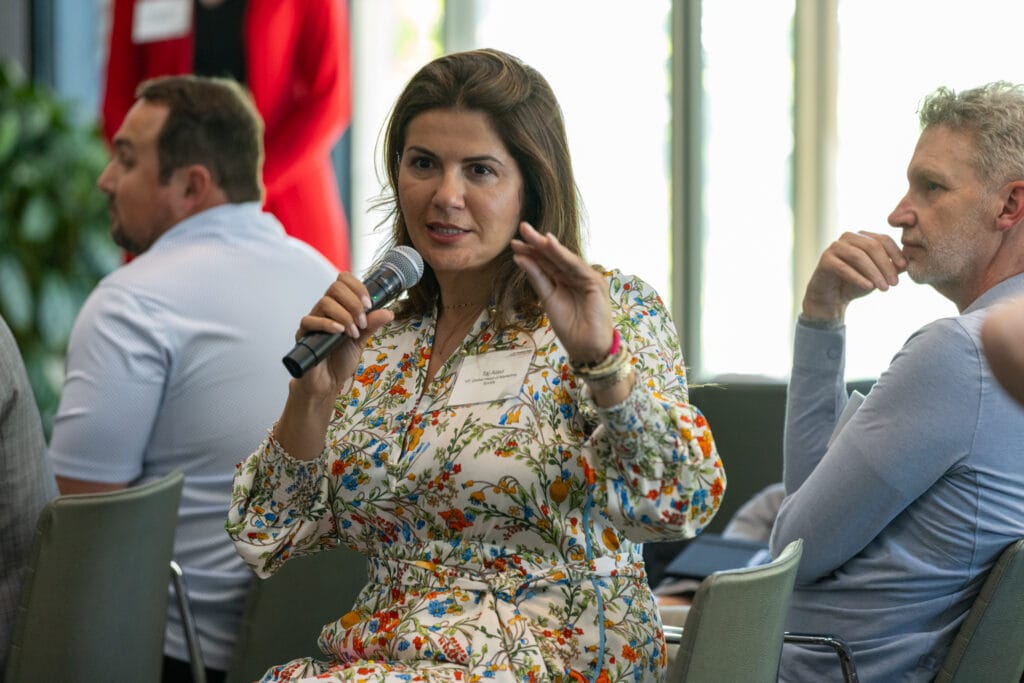
“During times of uncertainty, things can feel ambiguous. However, I personally thrive in these situations by focusing on what needs to be done. As a leader, I provide structure and focus for my team so that we can prioritize our goals and cut away the unnecessary noise. This gives them the security to focus on their work, go home to their families, and continue on with their daily lives. By keeping a steady drumbeat for our consumers, stakeholders, and artists, we can keep our internal team steady as well. And when change happens again, we can do it all over again.”
– Taj Alavi
6. Test and Learn from Failures
“When you’re trying to turbocharge growth and modernize an organization, you have to do a lot of tests to see what will work and what won’t. You also have to empower your teams to try new things they haven’t done before and take on new challenges.”
– Dara Treseder
“Give the team permission to fail. It only takes one great thing to account for many failures. Make calculated decisions on what is worth failing at until you find something that’s going to be great for your business. Ringfencing budgets allow people to not fear incrementality measurement and gives them freedom to iterate and grow.”
– Nick Drake
7. Understand The Customer’s Problem
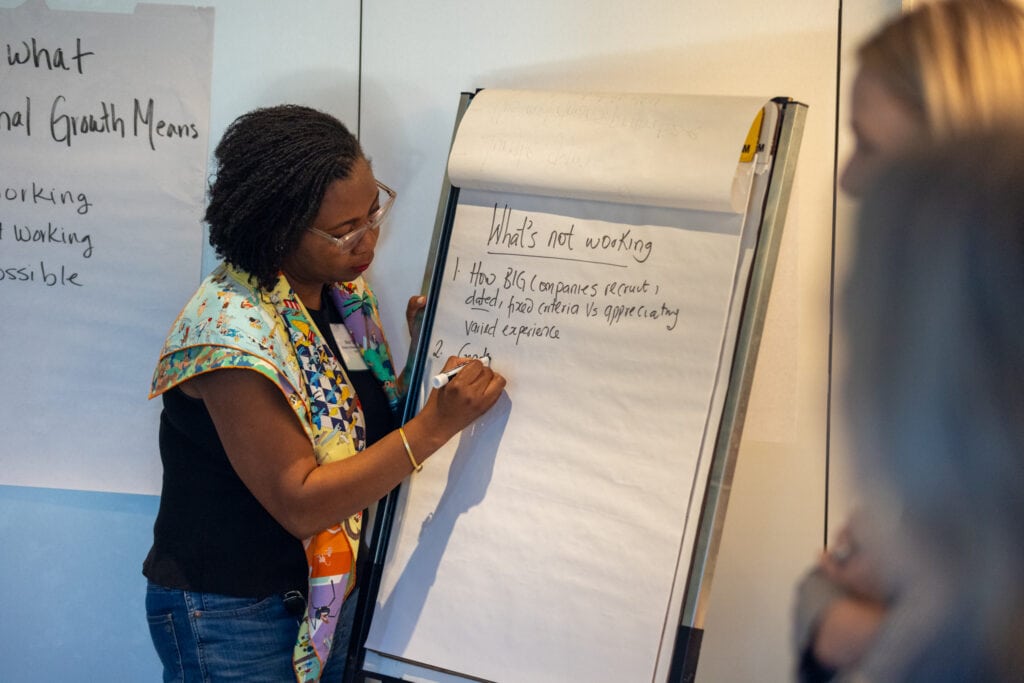
“Customers are dealing with two paradigms. On one side, they’re navigating uncertainty and unclear macroeconomic conditions. They’re thinking about who’s going to help them navigate those challenges. On the other hand, they’re seeing all this opportunity and potential and want to know who will help them navigate that. For us, we want to make sure that for all things design, Autodesk is their trusted partner.”
– Dara Treseder
“From a customer perspective, we understand that they are going through a hard time, and we are committed to seeing and feeling their problems. We fall in love with our customer problems because that is how we come up with the best solutions.”
– Lara Balazs
8. Build to Scale

“When a company is experiencing spectacular growth, it can be easy just to keep funding what is already working and not focus on finding new ways to establish growth or bring innovation to the market. However, moments of economic uncertainty present a unique opportunity to start new businesses, launch disruptive new products, and strengthen customer relationships, often at a discount. Achieving this requires building scalable infrastructure that would allow rapid development if new products or experiences work.”
– Nick Drake
9. Let AI Help You
“Our constant focus is on innovation that is customer-centric, not tech-centric. While we are in service to tech and product, we need to be completely focused on serving the customer. We started using AI five years ago to force that mentality within our company. We’ve created our own AI operating system and use Gen AI to build email content and connect with our customers. Innovation can be scary, but it will give us more time to focus on strategic things that we enjoy.”
– Lara Balazs
“We used to take six days to provide insights to a new product roadmap, but now we can do it in just a few hours using some new generative AI tools we’ve been experimenting with. We’re thrilled to bring new value to some of our key stakeholders that way.”
– Nick Drake
10. Form Strong Cross-Functional Partnerships
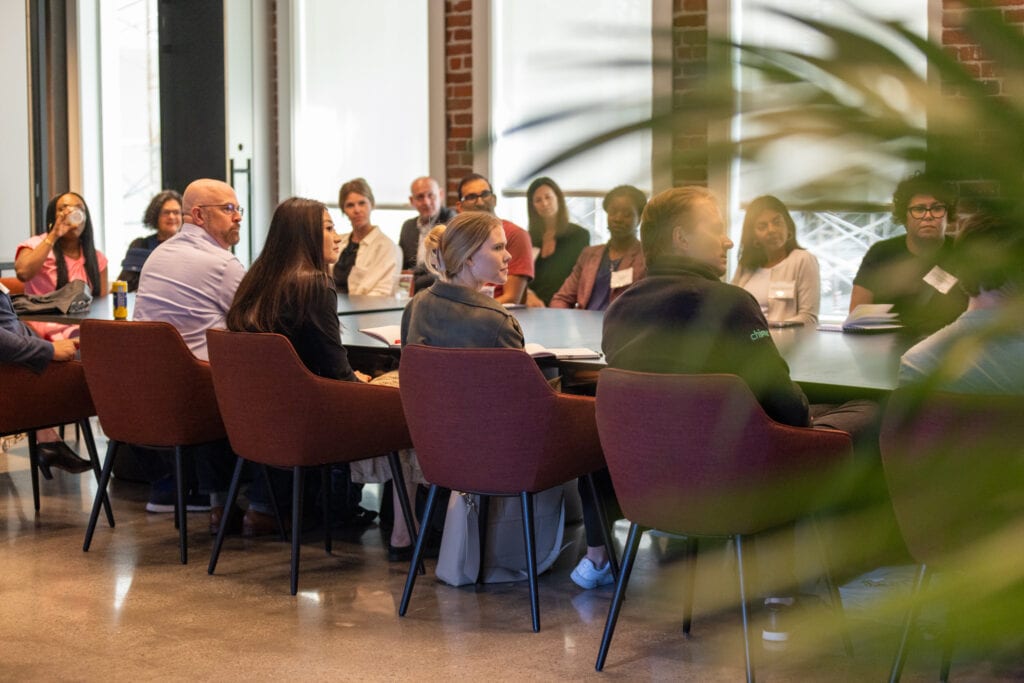
“As marketers, we need to listen to our customers to gain insights and deep truths that will guide our actions. This allows us to generate new ideas and drive innovation faster. For example, we have weekly meetings with product, the head of our industry team, sales, and customer success to iterate quickly because things are moving so fast.”
– Dara Treseder
“When it comes down to it, the question is how we define success. My personal framework–whether I’m planning a global initiative or an offsite–always starts with identifying what we’re trying to solve for. What does success look like, and what are the dependencies? Once we have that figured out, we need to make sure everyone is aligned and working toward that same success metric. To succeed, we need to work closely with other teams across the company, including analytics and other platform-owned channels. By nurturing these relationships every day, we can make sure our message is heard loud and clear by those who care about it most.”
– Taj Alavi
11. Provide Safety and Empathy
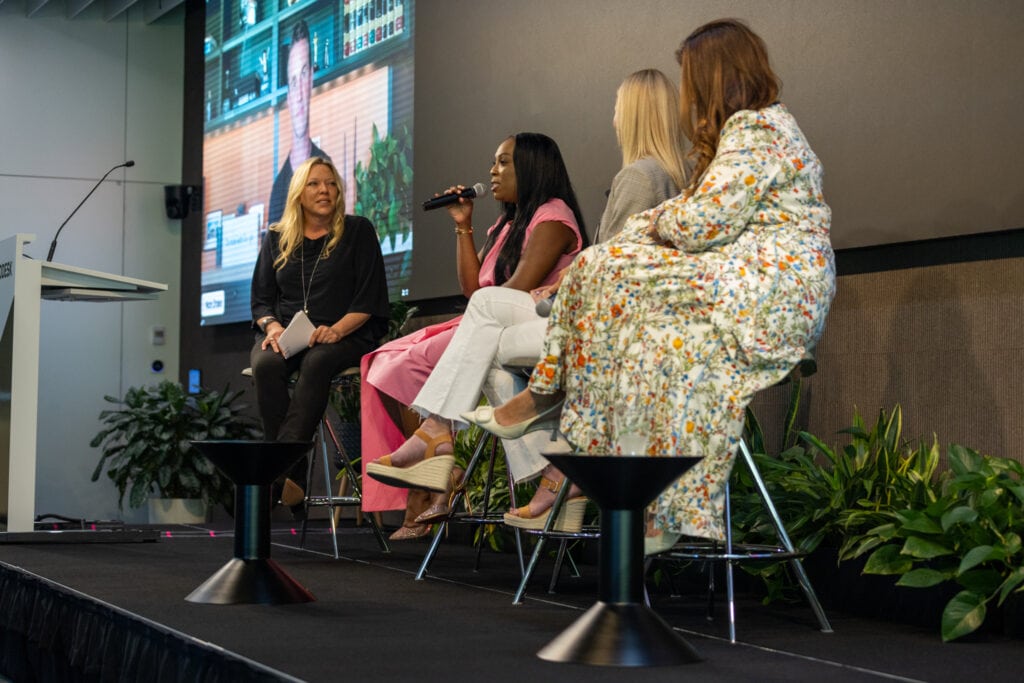
“Be curious and welcome debate.” – Dara Treseder
“Don’t just hear, listen.”- Lara Balazs
“Have radical candor.”- Nick Drake
“Have the courage to own your voice, try a new idea, and then try it again.”- Taj Alavi
Meet The Visionaries
Dara Treseder, CMO, Autodesk: Dara Treseder is Chief Marketing Officer at Autodesk. Dara sets the strategy and goals to build the brand and market the product portfolio. She oversees the worldwide marketing, brand, communications, demand generation, digital e-commerce, and education business teams. A veteran Chief Marketing Officer, Dara was previously the Global Head of Marketing, Communications & Membership at Peloton, the CMO of Carbon, and the CMO of GE Business Innovations & GE Ventures. Earlier in her career, she led marketing and growth efforts at Apple and Goldman Sachs. Dara has been recognized by Forbes as the World’s Most Influential CMO, by Adweek as a “Brand Genius,” by Business Insider as one of the “Top 25 most innovative CMOs in the world,” and by Inc. Magazine as one of the “30 Inspirational Women to Watch in Tech.”
Lara Balazs, EVP, CMO, and GM of Strategic Partner Group, Intuit: As Intuit’s Chief Marketing Officer leading marketing and communications for the company, Lara is responsible for driving company growth and building Intuit’s brands and reputation in support of Intuit’s mission to power prosperity around the world. As the General Manager of the Strategic Partner Group, Lara leads Intuit’s ProTax software business and is responsible for strategic partnerships to deliver the most important benefits to their customers. Lara also manages Intuit’s Corporate Responsibility efforts, which focus on job creation, job readiness, and making a positive impact on the climate.
Nick Drake, Vice President, Global Marketing, Google: As Vice President of Platforms & Ecosystems Marketing, Nick oversees global marketing for some of Google’s key products and services, including Android, Developers, Partner Marketing, Chrome browser, Chrome OS, Education, Enterprise, and Google Play. Nick has more than 20 years of marketing and advertising experience on the agency side at TBWA/Chiat/Day and at major brands, including Adidas and Quicksilver. Before joining Google, Nick served in several leadership roles at T-Mobile as a member of its Senior Leadership team, including Executive Vice President, Chief Innovation Officer, and Executive Vice President of Marketing & Experience. Nick started his career as a professional rugby player and England Sevens representative.
Taj Alavi, Vice President, Global Head of Marketing, Spotify: Taj Alavi is responsible for how the Spotify brand delivers its mission to unlock the potential of human creativity for consumers and creative artists, connecting with new and existing listeners in 183 global markets with culture-defining marketing activations, including Spotify’s annual Wrapped campaign. Taj was named one of Ad Age’s Leading Women in 2022, recognizing women who create opportunity and drive transformation within the industry, and AdWeek recognized her as a Brand Genius. She is also an advisor to Outdoor Voices, Lunya, and Plenty’s executive members and is on the Board of Advisors at Boston University.
Marketers That Matter® is a community of top marketing executives coming together to pioneer the future of marketing, sharing real-time experiences, and solving current challenges.
Our parent company, 24 Seven, specializes in helping you find exceptional marketing and creative talent for your teams.

